History of the Leader Dinghy
The article below was written by Mike Sherwen, Leader dinghy owner and Treasurer of the Leader Class Owner's Association. You will also find historical documents and articles at the bottom of the page.
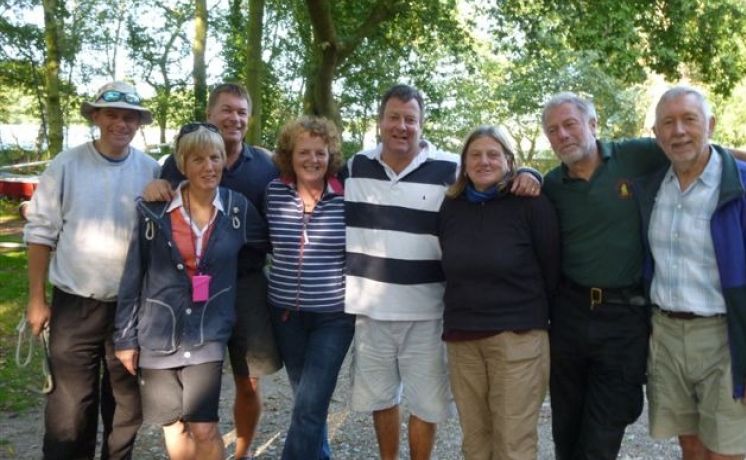
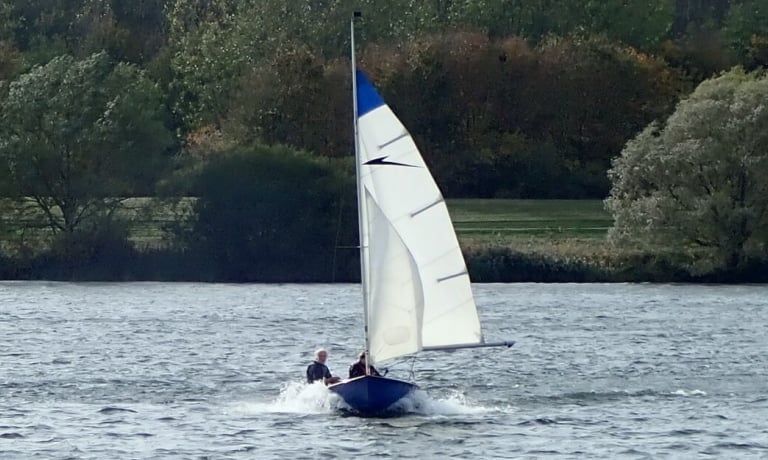
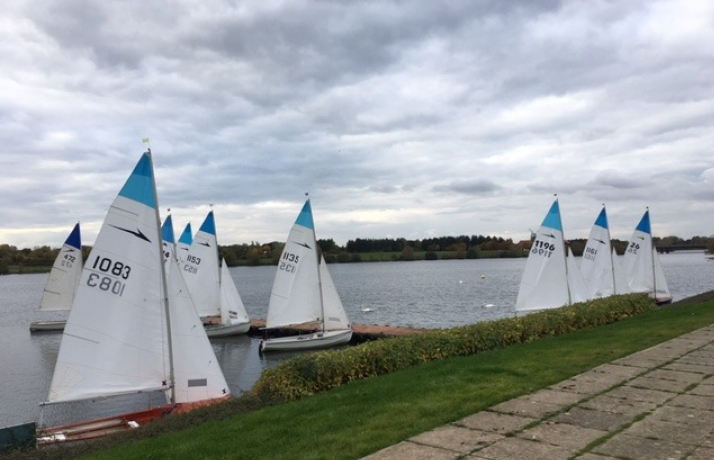
History of the Leader Class
A History of the Leader, along with two rival general purpose 14 footers; the Wanderer and the GP14. Written by Mike Sherwen, 2019
The GP14 was designed by Jack Holt in 1949 and has been hugely popular, despite it's boxy, hard chine appearance. So the prospect for a double chine version that sailed better looked promising in the sixties. The Leader was first unveiled at the 1962 London Boat Show to wide acclaim. It returned in 1966 after 300 boats had been sold, a remarkable beginning. Why then, are there still fewer Leaders around now than the GP14 or the Wanderer, which only turned up in 1978? The answer lies with marketing and the designer's/builder's history.
The designer was Gordon Pollard, owner of Small Craft, a highly regarded wooden dinghy builder. He was already co-copyright holder for the Wayfarer with Ian Proctor, it's designer, so he was well placed to launch a smaller, lighter version. There were many differences of design to justify his copyright, but the hulls do look remarkably similar. Small Craft built the Leader until 1968, when Pollard closed the Southampton factory. Sail numbers had reached 400. He remained on the L.C.O.A Committee until his death in 1991 but the future now lay principally with GRP and other builders.
The boats were now composite with GRP hulls and wooden decks, built by a man called Ron Trowbridge in Winchester. Sail numbers are from 400 to 500. A few wooden boats were still built by Mason and later Marsh near Grimsby, which had numbers around 500-600. The GRP hulled boats sold steadily and an all GRP version was unveilled at the Dinghy Exhibition of 1974, where 25 were sold. The all GRP version (with wooden side benches) started with sail number 1000. Numbers 600-999 were allocated to a Canadian license holder.
It is surprising that Ian Proctor should design another similar GP boat in 1978, stating that there was a gap in the market place for a GRP General Purpose 14 footer. I have looked through back issues of 'Leader News' since 1990, which included a history that Pollard himself wrote and cannot find a particular incident that could justify it, but it seems that the marketing of the Leader was no longer keeping the boat in the public eye. It seems that the builder built only slowly on request and relied on the L.C.O.A. for marketing. The marketing of a boat by it's builder seems necessary for success, as all financial aspects are aligned. What is clear is that Ian Proctor would now be the copyright holder for the Wanderer, thus receiving the royalties that he had not for the Leader. His commitment and a good marketing effort by the Wanderer's builder, meant that it stormed into a marketplace where the Leader should still have been a star in.
But it was not until 1984 that Anglo Marine became the Wanderer builder and the marketing was most effective. Very soon after that, in 1986, the MkII Leader was designed and built by Sapphire Marine. This was an all GRP version, had good reviews in the Yachting Press and was well marketed by Jeremy Southcott the builder. Sail numbers started at 1102 and Pollard noted an active 3 years for the class. So both classes were modern with a good all GRP boat. However, times were hard with a recession. Sapphire did not survive into the 90's, but Anglo Marine did.
At sail number 1160 in 1991, Ian Porter took over the builder's license. Porters continued to build other dinghies beside the Leader. In 2002, Anglo Marine had ceased building the Wanderer, so it was now also without a committed builder and it's class association looked to Porters as well. Porters began to build Wanderers in 2003 and there was an obvious commercial rivalry, in which they came down in favour of the Wanderer. The last Leader they built was 1260. John Parker had been an agent for Porters Leaders in Norfolk, selling many boats, so now stepped in and built a few. However, the MkII moulds made a good but expensive boat and GRP technology was moving on.
A builder called Hartley redesigned many classes into a cheaper production technique, including the Wanderer. It had survived over the Leader, which now had no builder. Ian Porter thinks it's lack of sportiness helped it and also floorboards for those who wanted to sleep onboard. We who sail Leaders know it's sportiness is a virtue, of course. As to the boxy GP14, I am amazed at it's success.
But we continue as a lively class, with many Leaders cruised and raced. The quality of the Leader II means that there will be plenty of good used boats available for a long time to come.
Mike Sherwen
NOTES; This research was made with the help of John Parker, John and Chris Wharmby and Ian Porter.
The design date can be inferred as 1961, since the Earl's Court Boat Show has always taken place in early January.
It is my own opinion that the Leader 'insignia' derives from a draughtsman's symbol of the same appearance, called a leader.
Historical Documents
Know your Leader
Know Your Leader is a booklet dating back to 1992. It contains a brief history of the design and some very useful tips for setting up your Leader for racing or cruising. Please click on the button below to download a copy of this scanned document.
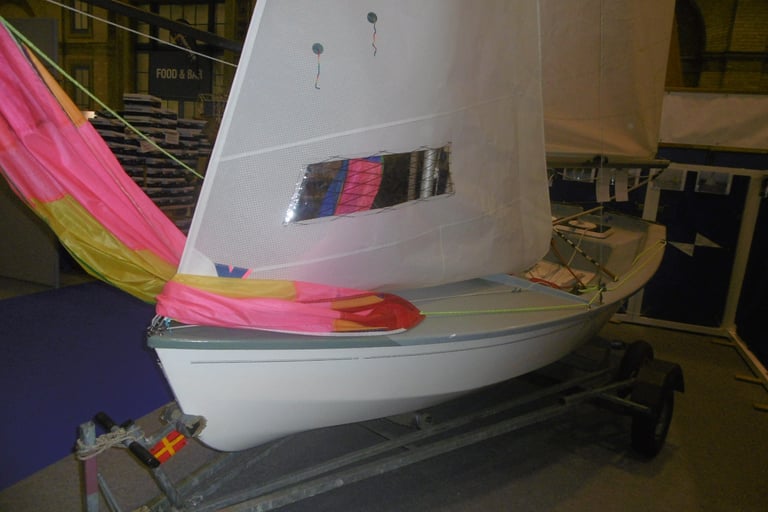

Advertising Leaflets
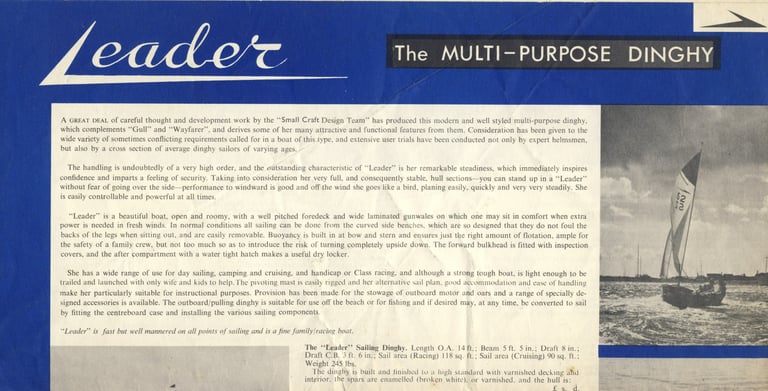

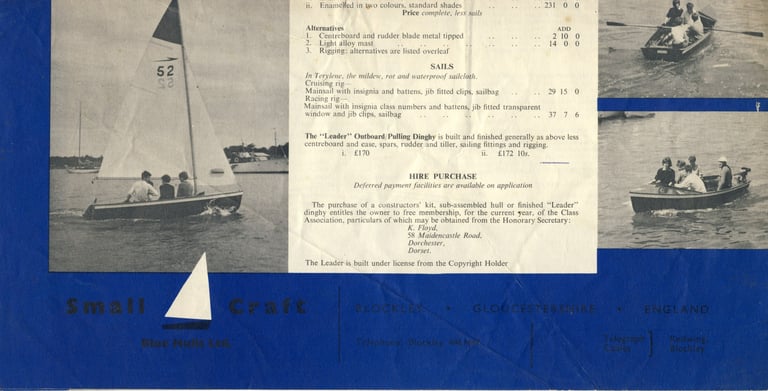

The leaflet above was produced by Gordon Pollard's company Small Craft in the 1960's.

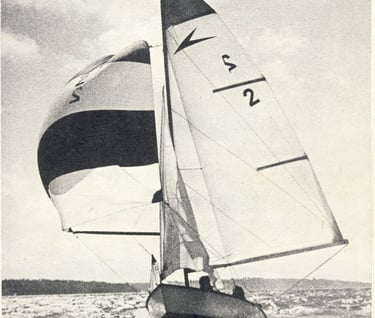
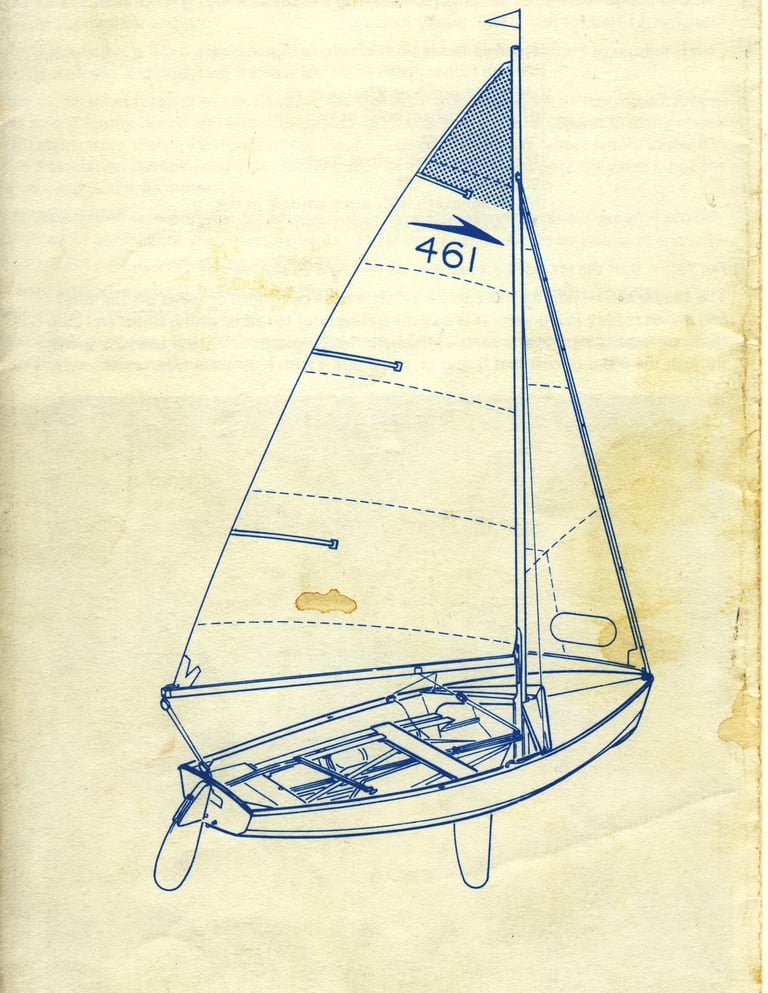

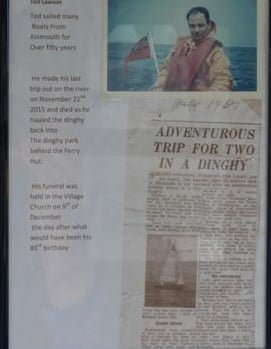

The article on the left was written in 1967 about a couple of adventurers who sailed a Leader down the East coast of England starting at Alnmouth in Northumbria. The accompanying text adds that Ted Lawson had sailed many boats from Alnmouth for over fifty years. He made his last trip out on the river on November 22nd 2015 and died as he hauled the dinghy back into the dinghy park. His funeral was held the day after what would have been his 83rd birthday.
